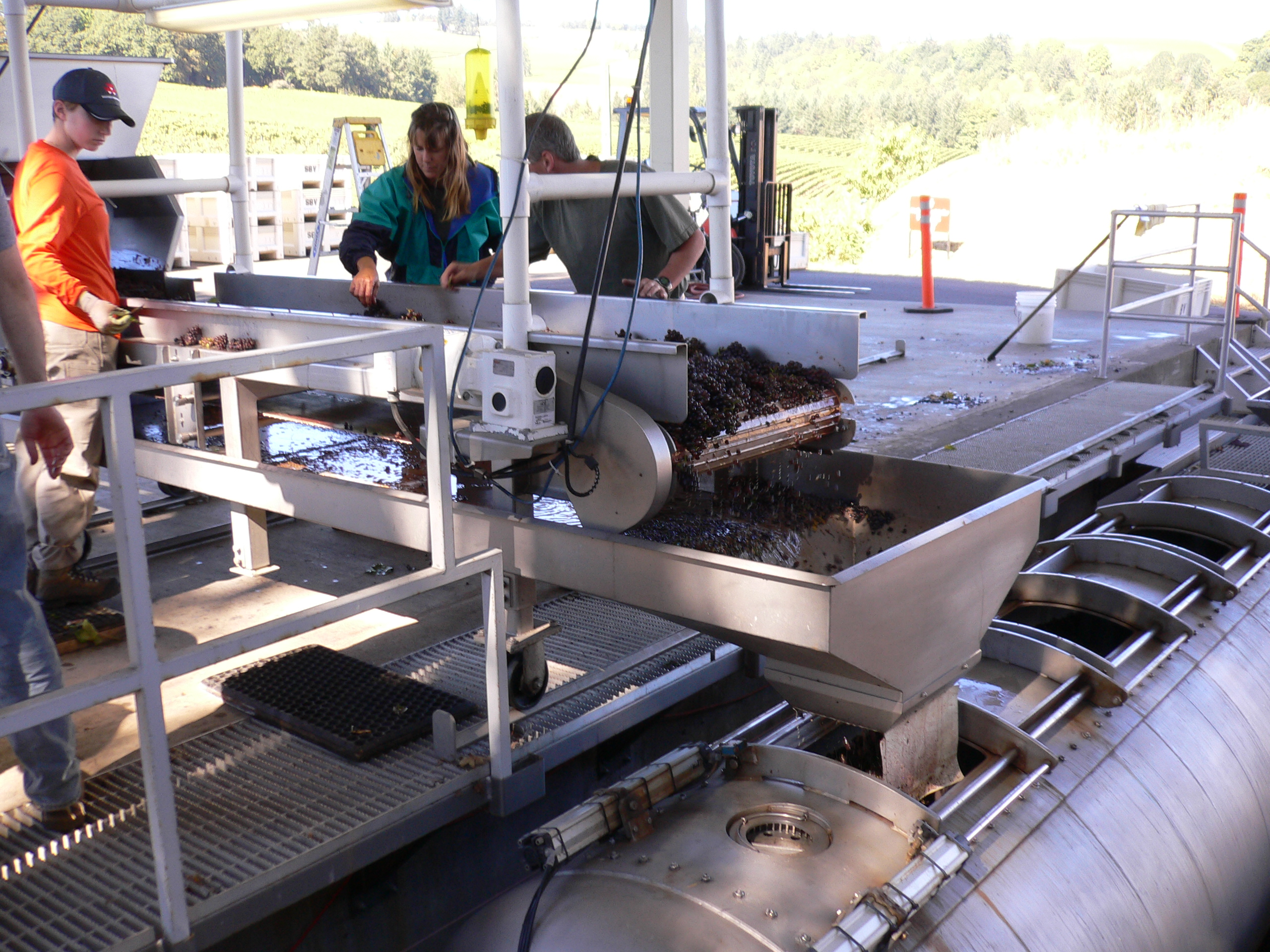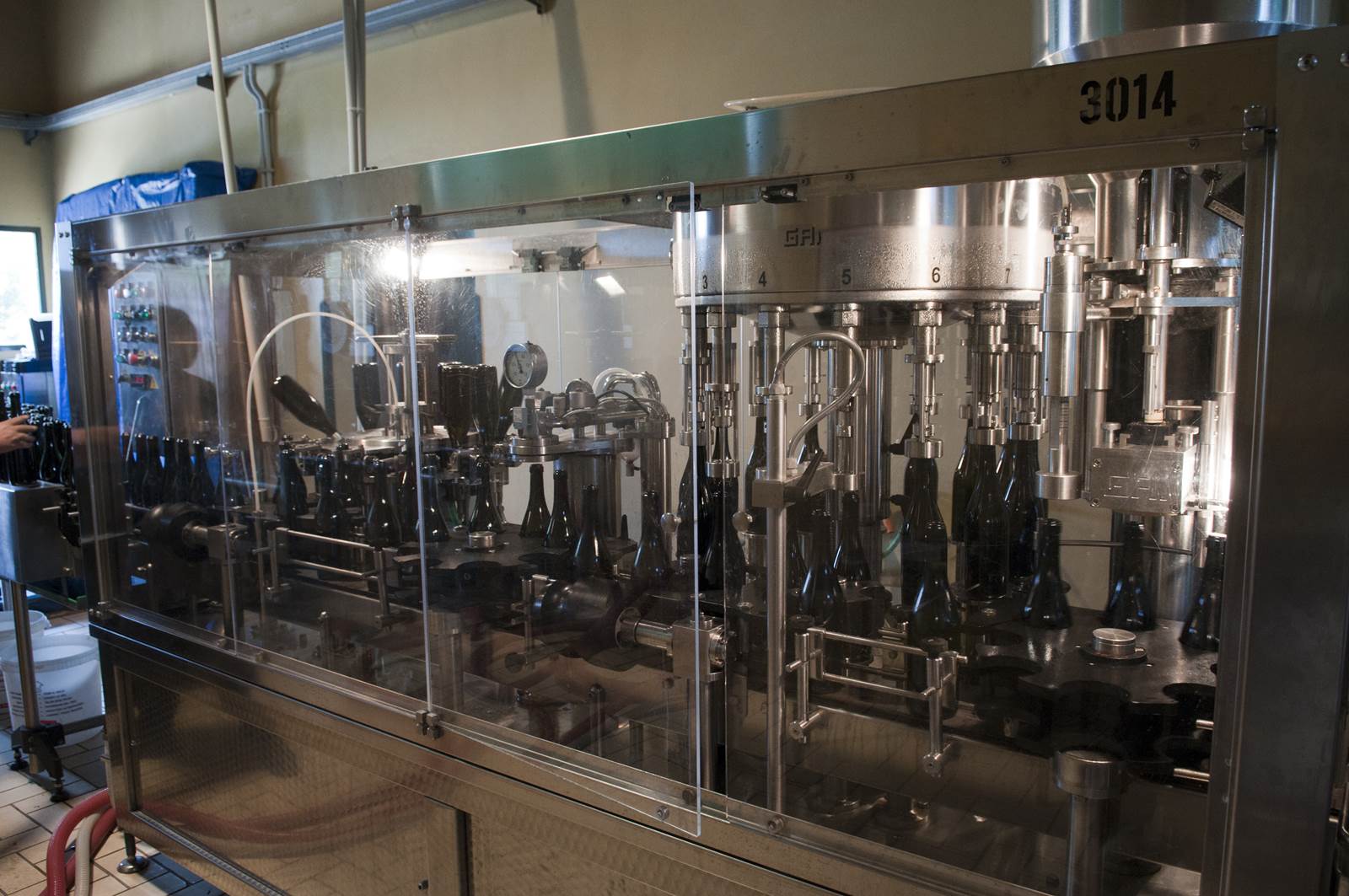Operations and energy consumptions in the wineries
In the modern viticulture market to increase the profit, we ought to decrease the costs. This is the only way to be competitive.
Making a winery efficient from an energetic point of view is surely important but to make it happen we need to first analyse which are the oenological processes that absorb energy.
This is happening during the following operations:
- Reception and processing of the grapes: pumps, de-stalker, press, cochlea, conveying belts

- Management of the alcoholic fermentation: pumps and especially refrigeration plants, compressors

- Management of the maturation and the malolactic fermentation through pumps used to do the rakings and the movement of the masses. In addition, they can be used to make the boilers working when keeping the wines at a constant temperature. This is particularly important in the case of malolactic fermentation happening mainly for red wines
- Stabilisation and clarification of wines where energy is needed to feed pumps, filters, refrigeration plants and heating plants
- Bottling and wine conservation where the energy is used to run the cooling and the heating systems, the pumps and the filters

- Insulation of the workspace, storage rooms and storage areas of the wines and raw materials (auxiliaries of oenological use) along with the areas needed for the conservation in wood, the fining and the maturation of wines at controlled temperature and humidity
- On average, the majority of the energy used in the winery has electrical nature. It covers up for 90% of the consumption, while the remaining part is covered by thermal energy
Analysis of the energy needs:
1) Electric energy is needed for: temperature check, running of the engines needed for the pouring of the liquids, working of the press, insulation of the areas, illumination, work out of the bottling and labelling machineries.
2) Thermal energy from fuel is used to heat up during pasteurization, sanification of the containers with vacuum, wash out with warm water, heating of the area, movement of mechanical equipment.
Analysing the main phases where consumption happens, we can estimate the following use of energy:
- 50% during alcoholic fermentation and following procedures post fermentation
- 25% wine bottling and conservation in the fining in glass environment
- 8% lighting of the whole area
- 7% insulation of the labs, offices and sale points
As a rule of thumb, from 5 to 25 KwH are needed to make up 1 hl of wine. This depends on the kind and setting of the winery and the kinds of machineries used as well as the techniques and the protocols needed.
We surely need to cut down costs without impacting the quality.
